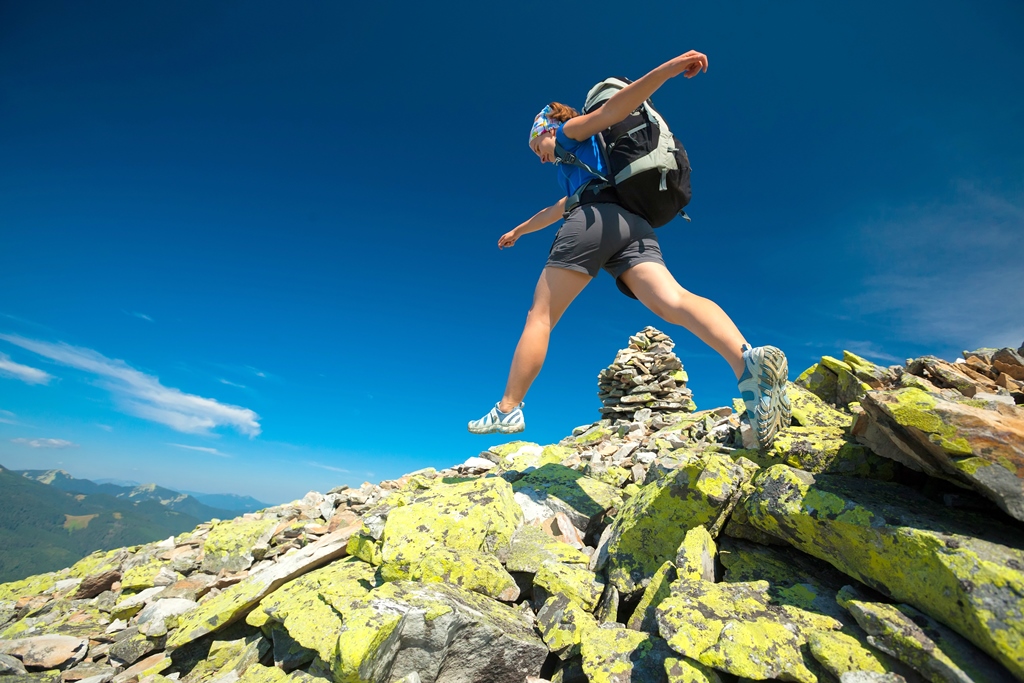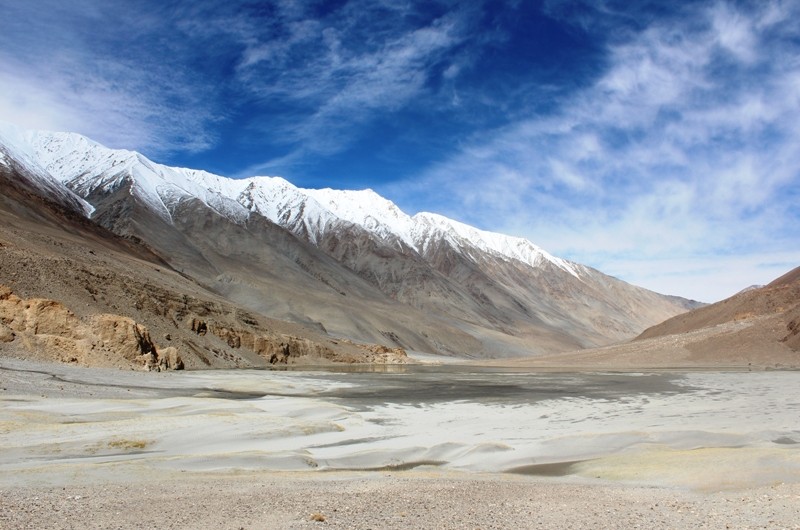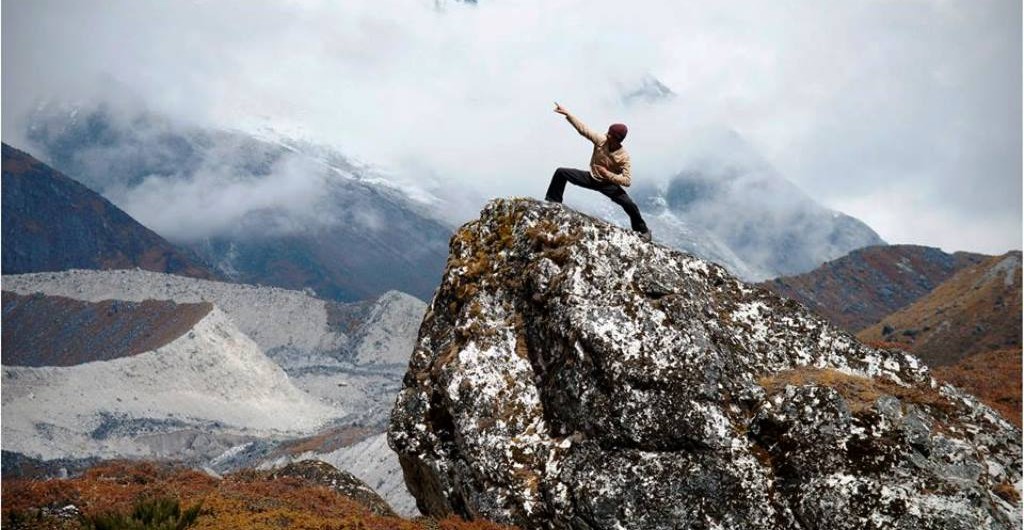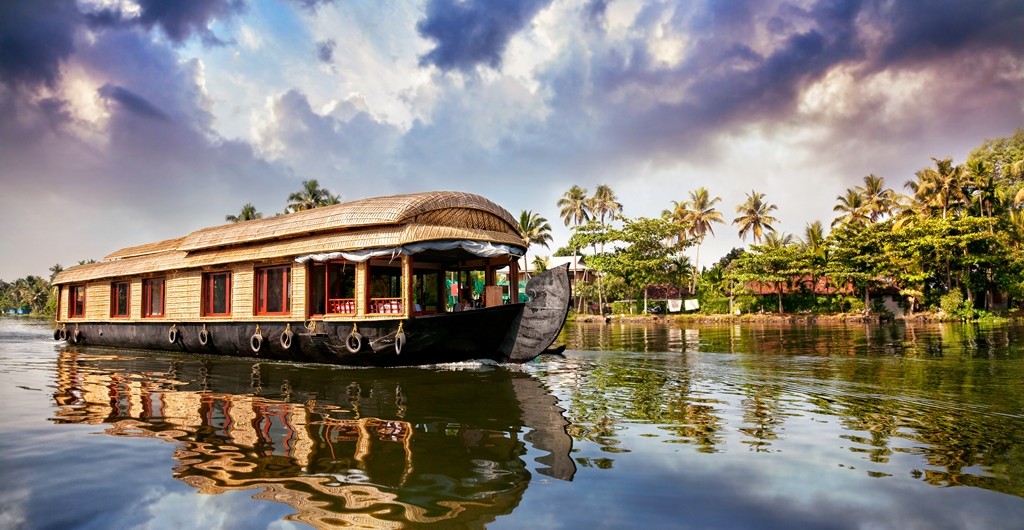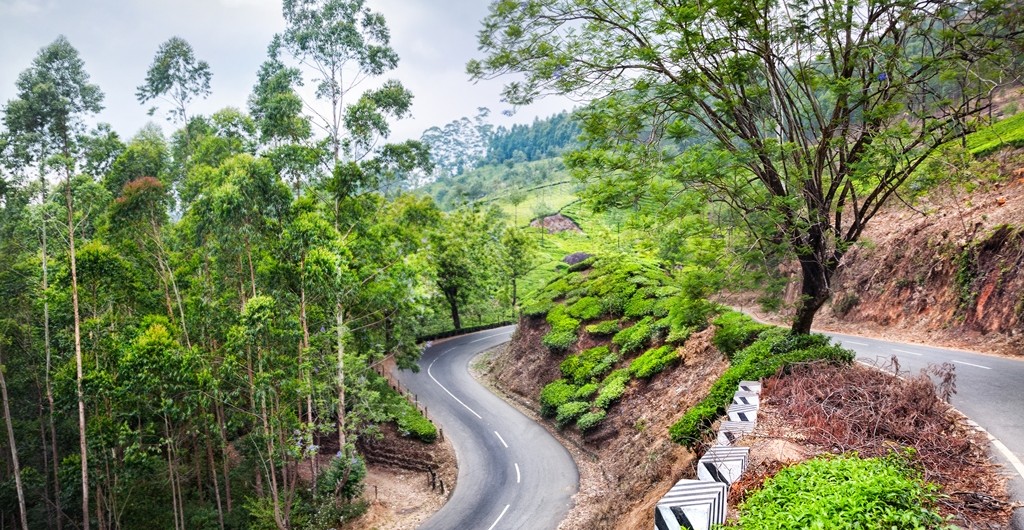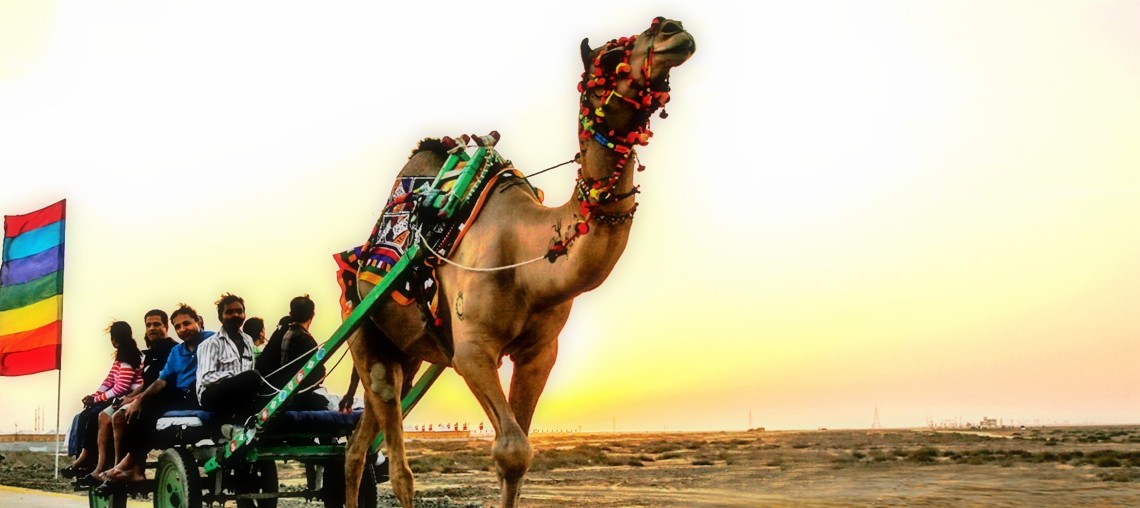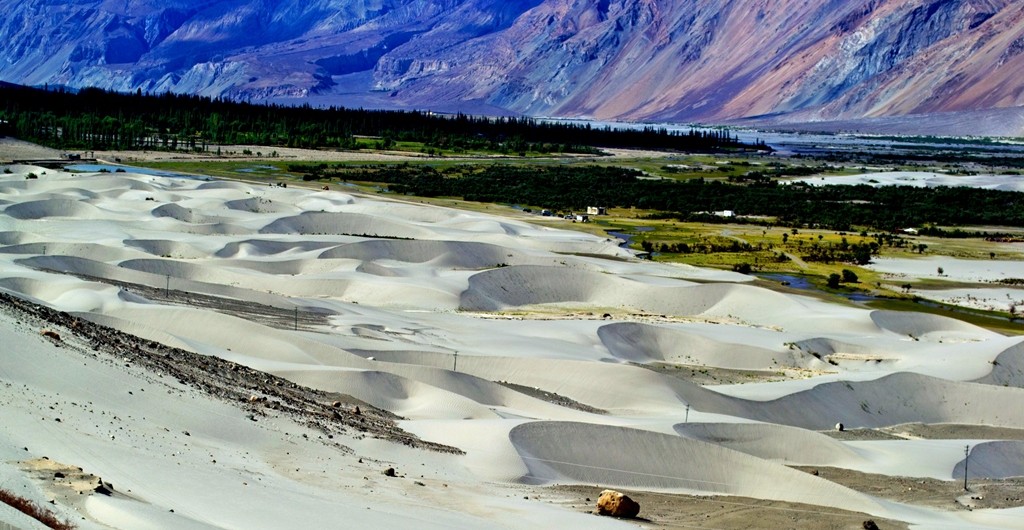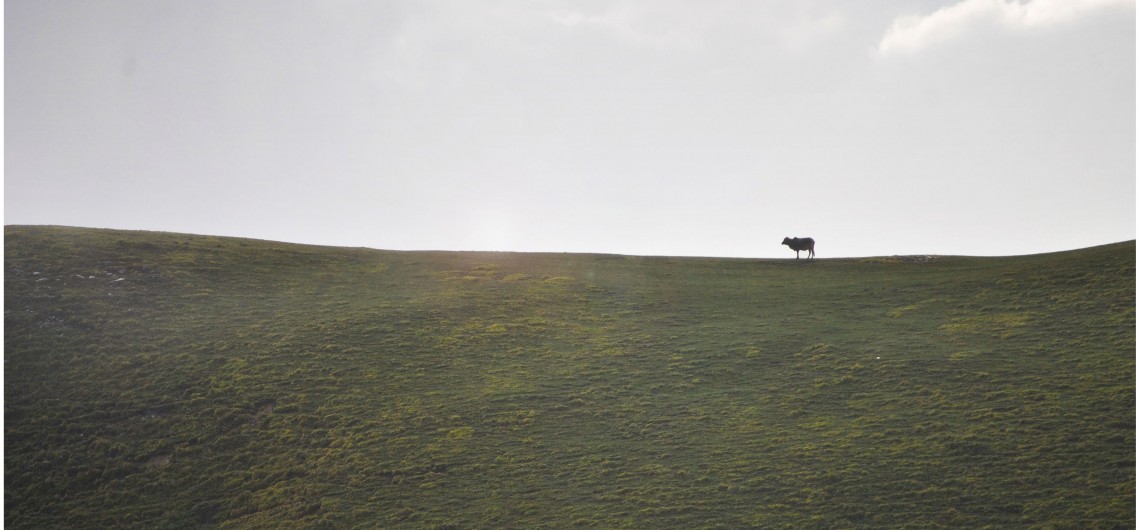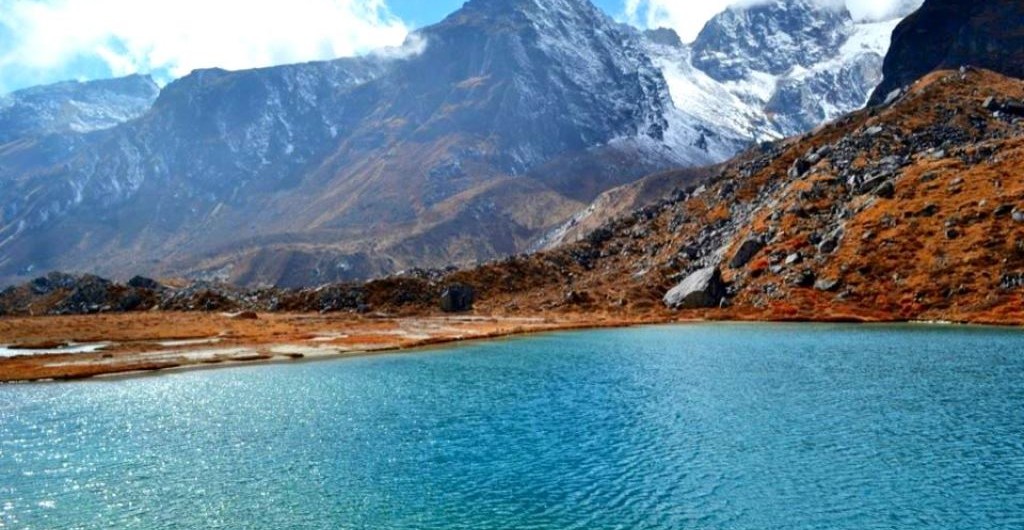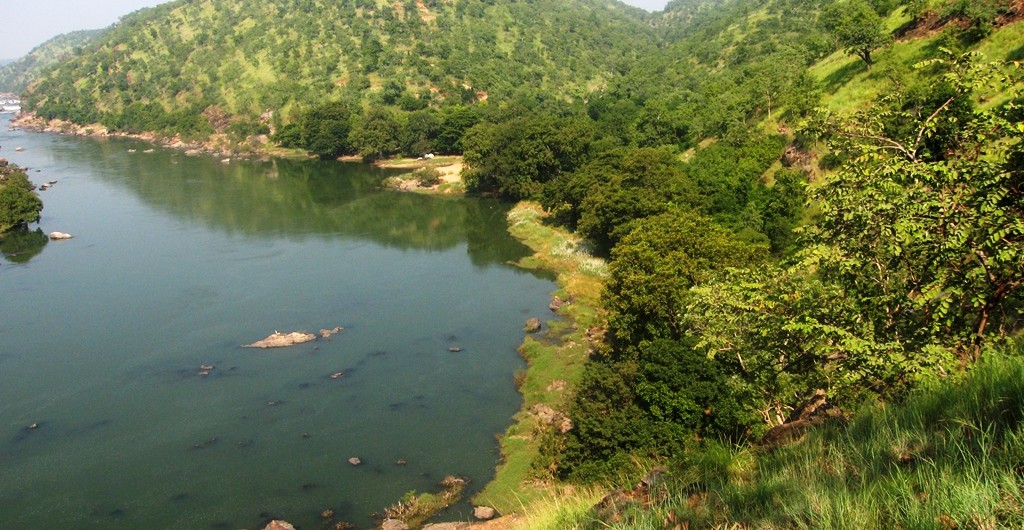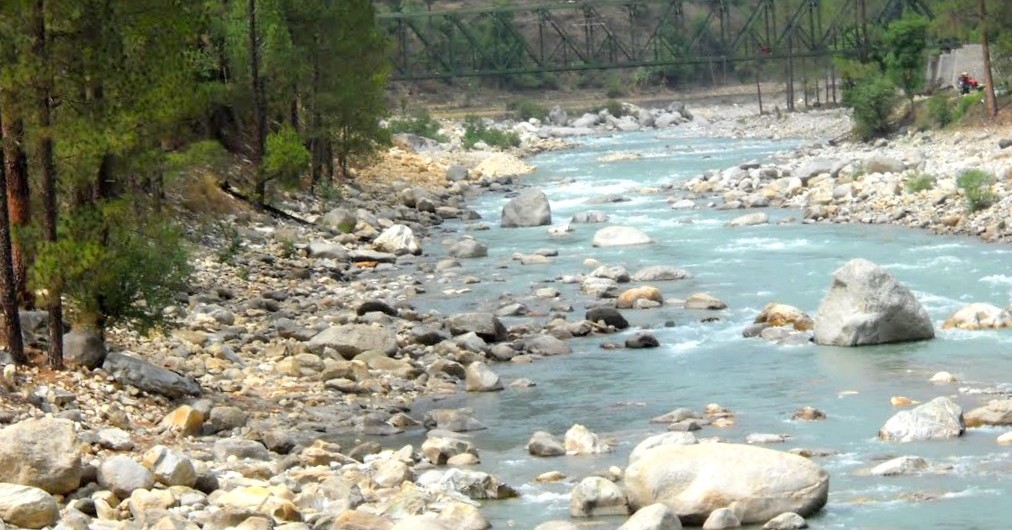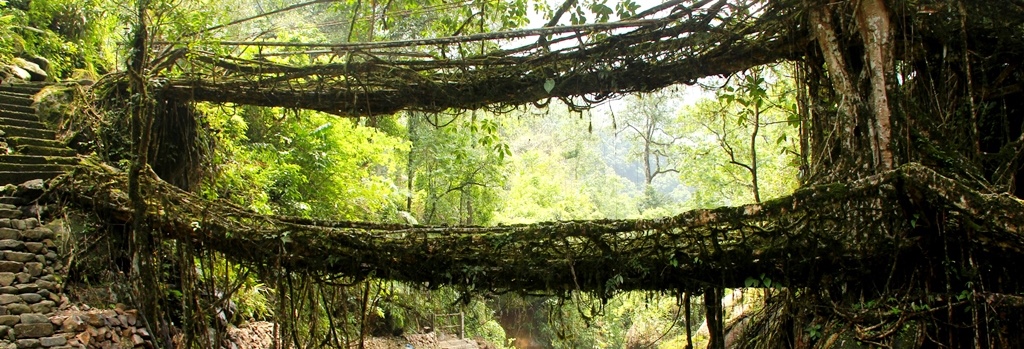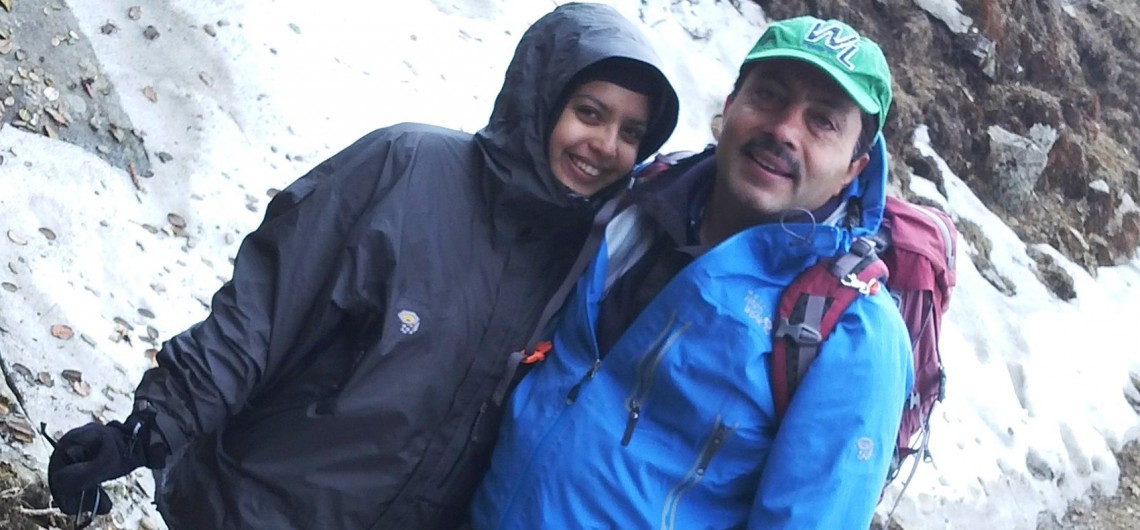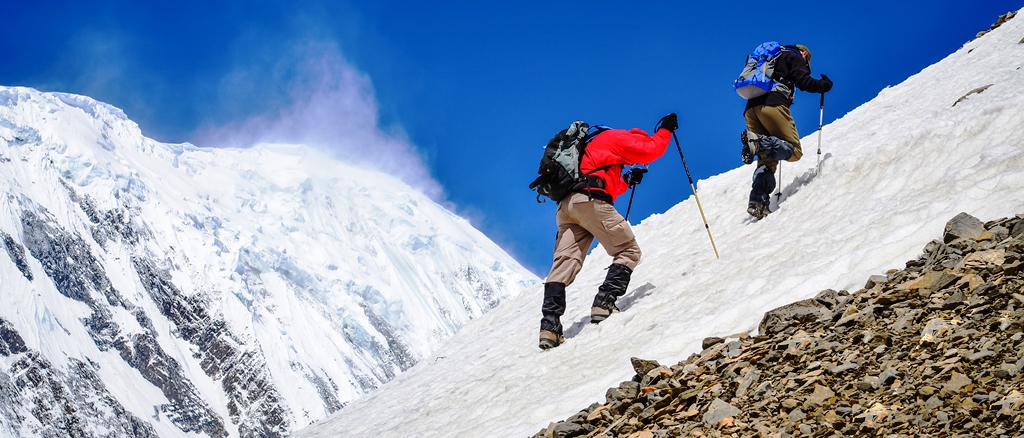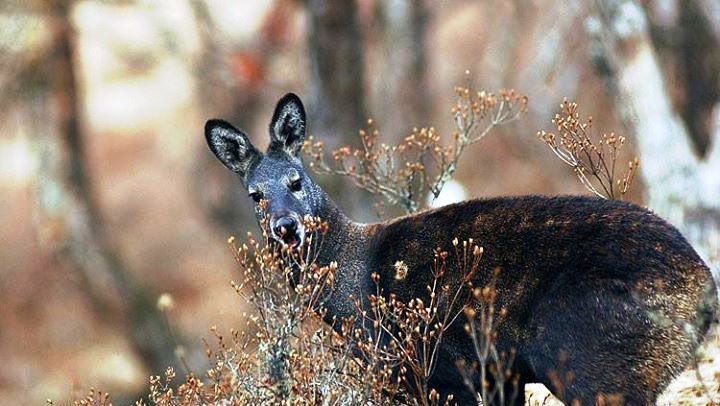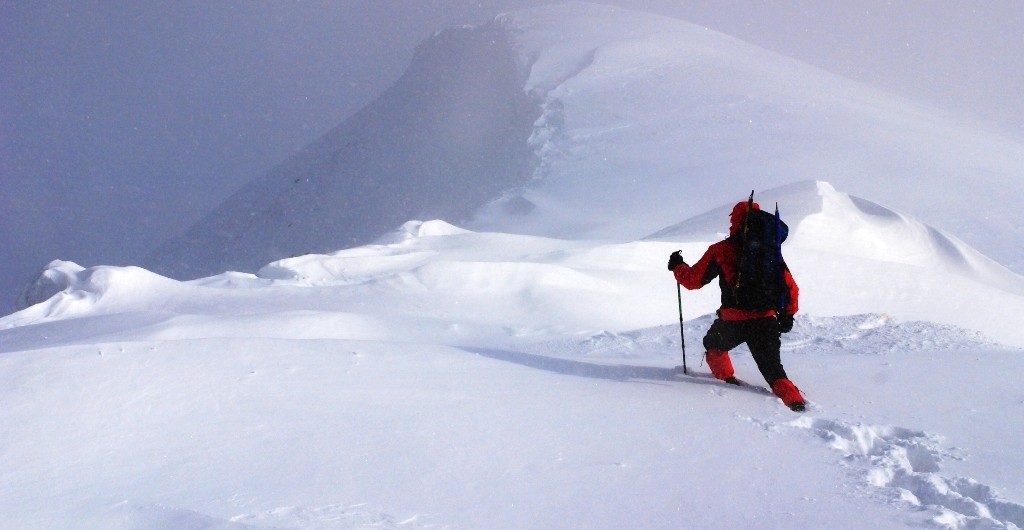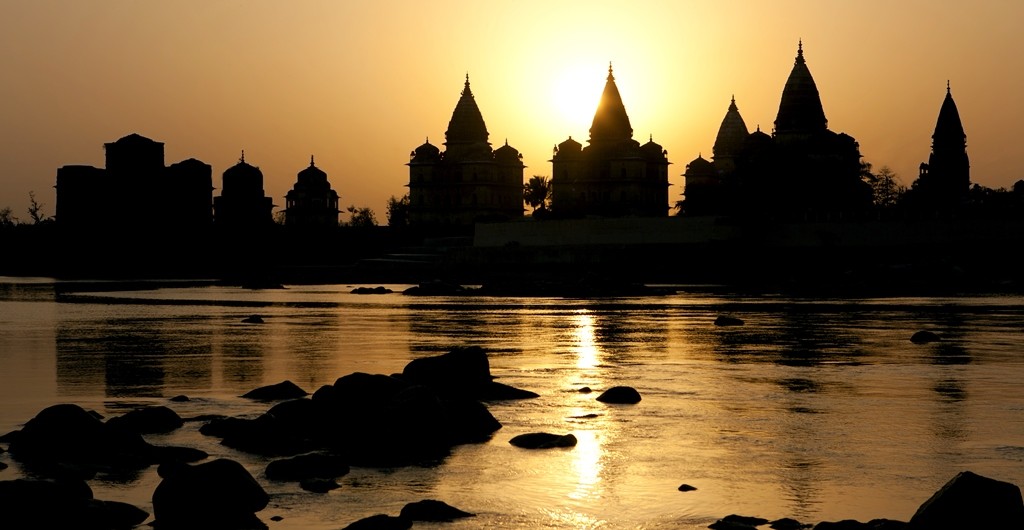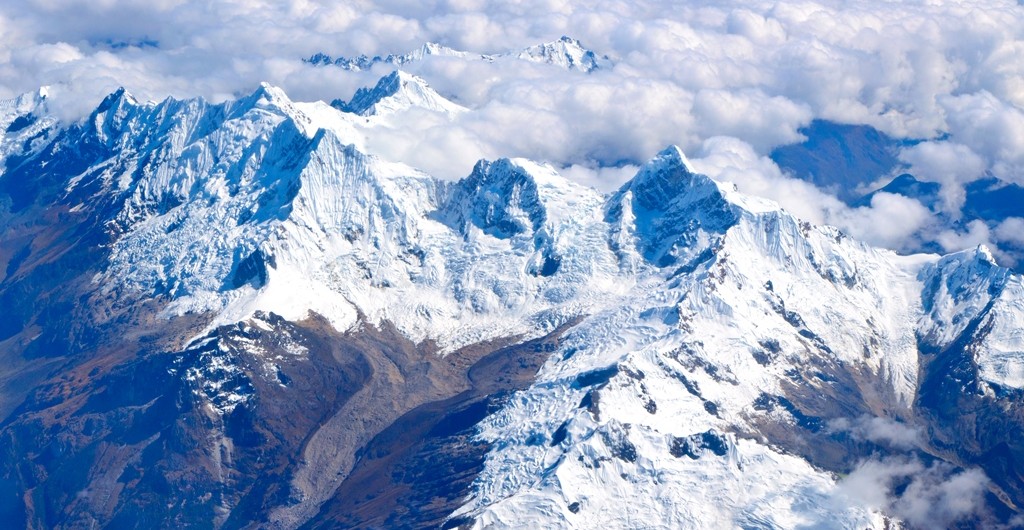Often, the famous places across the globe are known for certain things. But, most of the times, there is more to such places than meets the eye. A classic example of this would be Ladakh. Yes, I know that pictures of Ladakh, the lake shown in movie 3 Idiots and Khardung La, would have popped up in your mind. This is precisely where the problem lies. In our search for diamonds, we disregard the rubies, emeralds and sapphires. What I mean by this metaphor is that many go to Ladakh for the three places, known most to them, but miss out on exploring those places that are not so famous. And, it is in these small and slightly remote places that the true charm of Ladakh lies. Explore more about Treks in Ladakh. With this blog, I hope to tell you about the unexplored places in the region that you must make a point to visit. Let’s discover the alluring offbeat places in Ladakh.
Have you been spending loads in the gym to get your body in shape, but feel bored by the stereotypical routine and exercises? There is another way you can do it, and it would be a lot better than the gym – Trekking! Yeah, that’s right! Hiking/Trekking is an excellent way to keep yourself up and running. It gives you the chance to exercise in natural conditions, unlike those simulated ones in the gym like on a boring treadmill. Ascending cliffs with the oxygen level decreasing as you go higher will tone up your body like nothing else.
Be glad you are in India as the hilly terrain in the northern part gives you endless opportunities for hiking. There are trails aplenty that you could take through the mountains. Consider the blast of cultures that will take you over as you journey past scenic hamlets, and you have got yourselves a fiesta. The famous children’s author, JRR Tolkien said in the Lord of the Rings, “All those who wander are not lost”, and he was right. Wandering endlessly does not always take you far from everything, but closer to yourself.
There are treks that vary in difficulty and altitude, and you can go in an increasing order to get your body used to it and prepared for the next challenge. In order to prepare for these treks, all you got to do is to start with brisk walks, jogging, climbing stairs and some breathing exercises. This should get you ready for the easy treks, and a few easy treks would set you in motion for the tougher ones. A couple of these every year would guarantee overall fitness. Bunk gym and go trekking for a healthy life. Here is a description of some treks and the sort of workout they will give you, arranged in the increasing order of difficulty.
Winter is usually the time to snuggle up with a good book in front of a fireplace, enjoying a hot cup of tea in bed every morning, or spending lazy afternoons. But winters are also the time to explore the new side of India’s popular destinations. Truly, India is an incredible country, geographically, historically and architecturally. It offers amazing geographical diversity with varied climates and seasons. Winter season is no doubt the most loved by people of India. If you don’t feel like spending your winter snuggling in a blanket, then trust me you don’t have to!
So if you are planning your next vacation during winters, here is a list of some of the best Winter Destinations in India to choose from.
- MADHYA PRADESH- KHAJURAHO AND ORCHHA
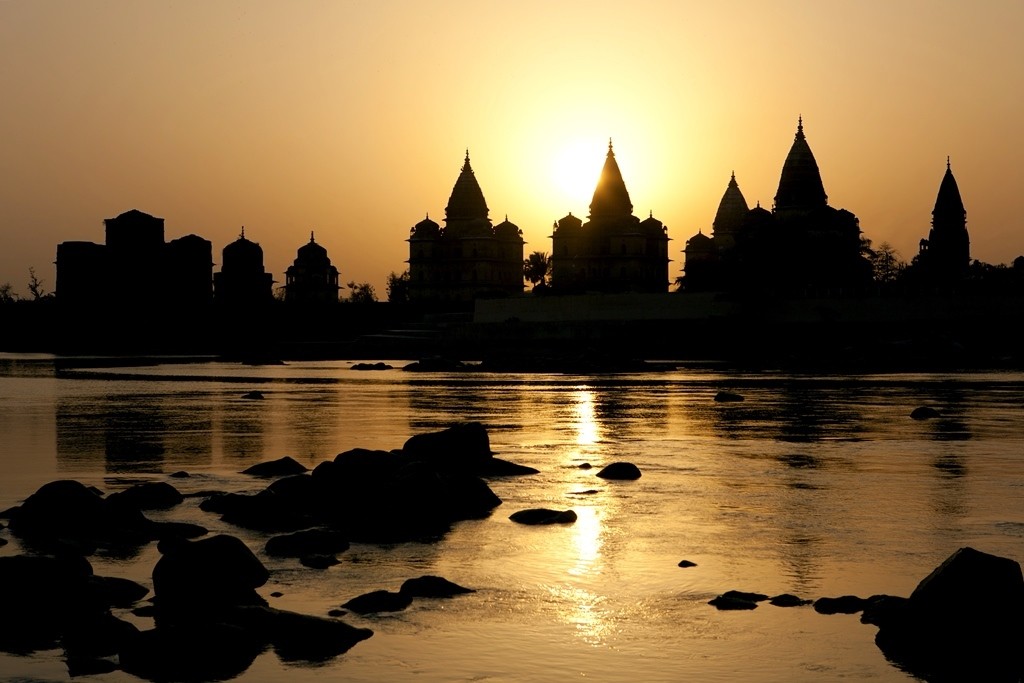
Khajuraho temples are among the finest temple arts in the world. The erotic sculptures, the minute carvings on the temple walls are worth exploring in winters when the weather is at its best.
Lost in the hustle bustle and crowd of the city? Or working like a zombie to fulfil the necessities of life? Well, then you deserve a break. De-stress, forget the troubles, let it all go and make some fresh and beautiful memories. Get lost on the magical roads of India and find yourself. Travel is the best way to rediscover yourself. It is said that “Blessed are the curious, for they shall have adventures”. So take an adventurous road trip and meet yourself somewhere on the journey!
- Bangalore to Munnar– Let the wheel roll on the smooth roads! Get ready for an adventure trip through Ghat road, forests, hairpin bends, steep climbs and wildlife and misty routes. From the city of filter coffee travel to the city of Tea plantation. The breathtaking views of lush green plantations, the refreshing water of unexpected waterfalls and the amazing views of endless windmills running together will make you stop your car and capture the memories for lifetime. Don’t forget to pamper your taste buds by the local cuisine on the way!
Distance: 477 KM
Travel time: 10 hours
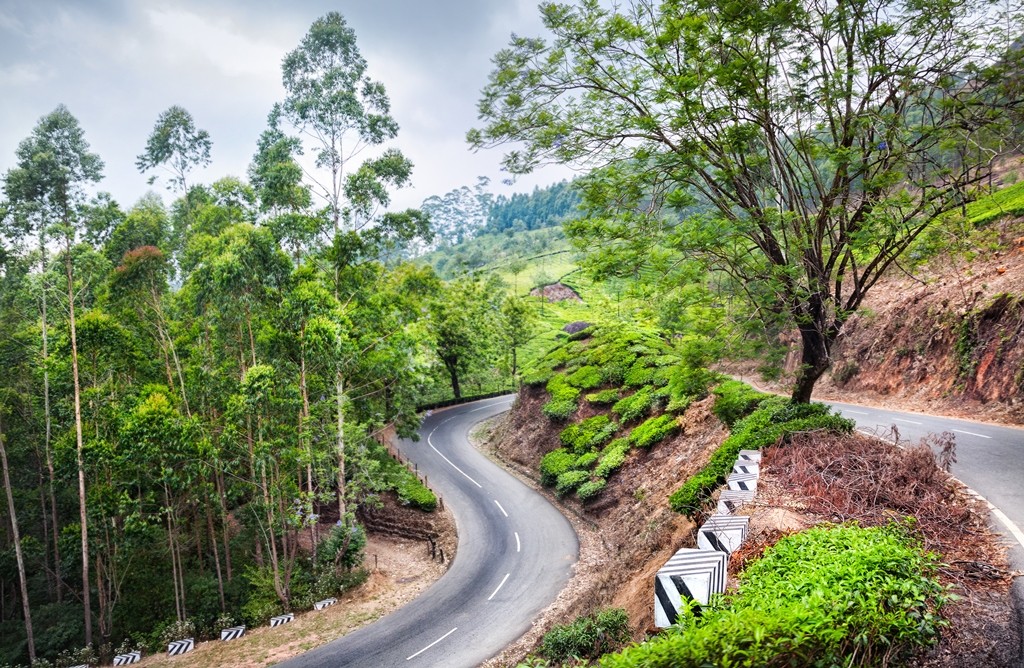
- Guwahati to Tawang- A paradise for bikers! Explore the picturesque beauty of North-East through this road trip which will take you to some of the most marvelous monasteries of India. You might find it a bit challenging but it’s a beautiful terrain which will make you forget the rough paths. Tawang has the largest monastery in India and the second largest in the world. Situated at a height of 10,000 feet, it is a beautiful offbeat hill town to explore.
Distance: 521 KM
Travel time: 10 hours
A seasonal salt marsh situated in the Thar Desert, the Great Rann of Kutch covers 7,505 square miles in area. It spans between the Kutch district of Gujarat in India and the Sindh province of Pakistan and its northern boundary forms the International Border between the two countries. It is said to be one of the biggest salt deserts in the world. The Tropic of Cancer passes a few miles from the Rann of Kutch.
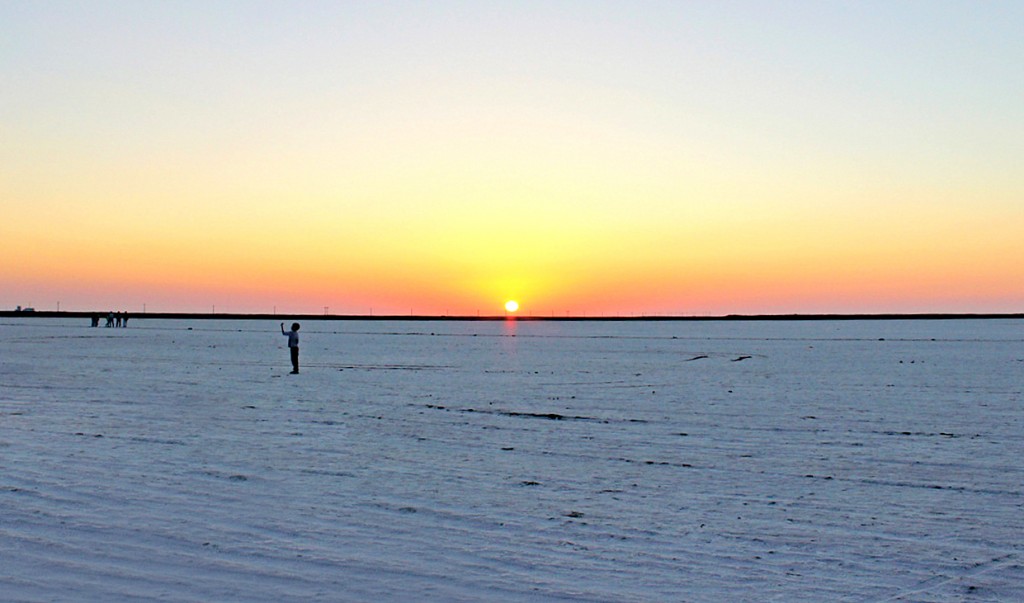
Due to it being a marshy area, Rann of Kutch makes for a breeding ground for large flocks of flamingos and also provides shelter to wild animals including the Indian wild ass.
Even though the marsh is in a protected area, it is still susceptible to losing its natural resources to grazing and salt extraction. To keep the flora and fauna preserved, various Wildlife Sanctuaries and wildlife conservation areas have been set up. Indian Wild Ass Sanctuary, Kutch Bustard Sanctuary, Narayan Sarovar Sanctuary, Banni Grasslands Reserve, Kutch Desert Wildlife Sanctuary are a few of those and are approachable from the city of Bhuj.
RANN UTSAV
White salt desert speckled with an array of colors, distinctive shades of tradition and culture, a plethora of festivities all around!
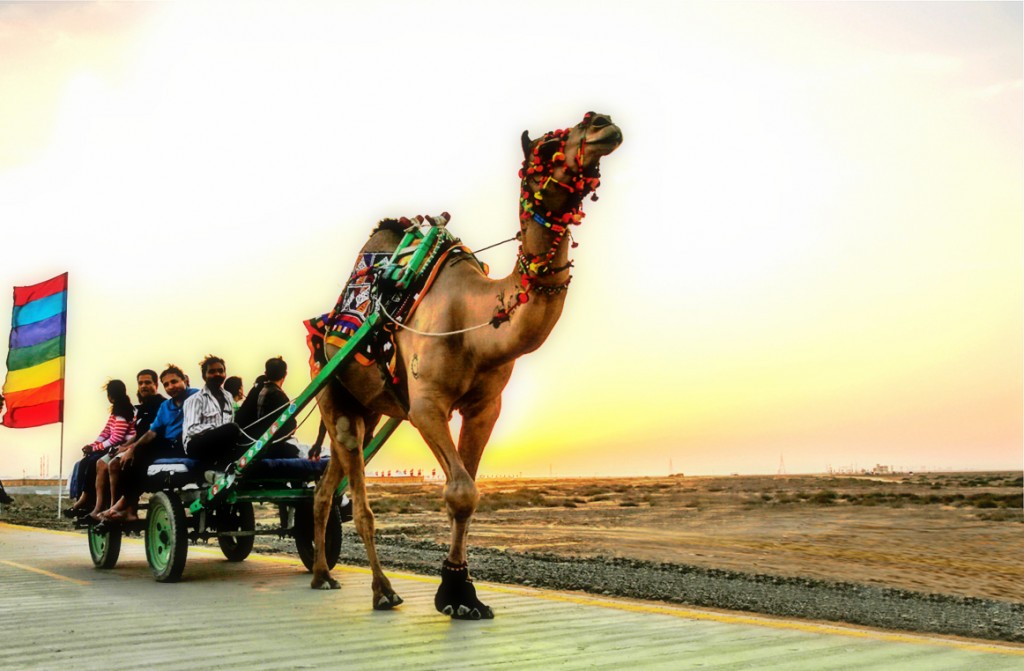
Days are filled with a display of bright shades and designs in the form of the beautiful costumes the locals wear, from the women dressed in the most gorgeous of lehangas and arms adorned with silver bangles to turbaned men in either loin cloths or short skirts, this is a sight that will find a place in your heart and rest there forever. Evenings bring a multitude of colors as the sun sets followed by a star-lit sky – the stuff that dreams are made of! The heart melting notes of the Surando make the experience mystical.
India is home to some of the most diverse landscapes from mountains, valleys to forests, deserts and beaches. This diversity in topography attracts people from all over the world in every season to experience India in her many colors. India boasts some of the most beautiful valleys like the extremely popular Nubra in Ladakh or the verdant Dibang Valley in the north-eastern state of Arunachal Pradesh. Come explore these with us.
- Nubra Valley, Ladakh, Jammu & Kashmir
Believed to be originally called Ldumra meaning the Valley of Flowers, Nubra is located to the north east of Ladakh Valley, approximately 150 kms from Leh. The meeting of Nubra and Shyok (tributary of Indus) Rivers forms a large valley, separating the Karakoram and Ladakh Ranges. This valley can be reached by travelling over the Khardung La from Leh. The average altitude of Nubra is roughly 10,000 feet above sea level.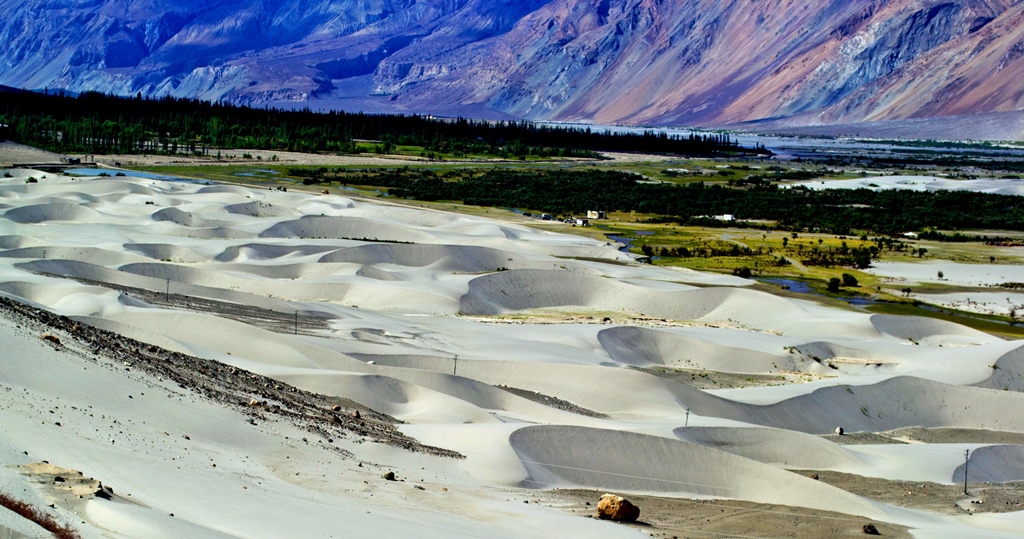
An array of colors at Nubra Valley Image Credits: wikipedia.org - Spiti Valley, Himachal Pradesh
Located high in the north eastern part of Himachal Pradesh, Spiti Valley is situated between Tibet and India. It is a desert mountain valley and is one of the least populated regions of the country. It is a part of Lahaul and Spiti district and is home to similar Buddhist culture as found in Tibet and Ladakh. Kunzum La at 4,590 meters separates Lahaul from Spiti. The entire valley is surrounded by high mountain ranges. Heavy snowfalls cut off the valley from the rest of the country for almost 2-3 months from November to January every year.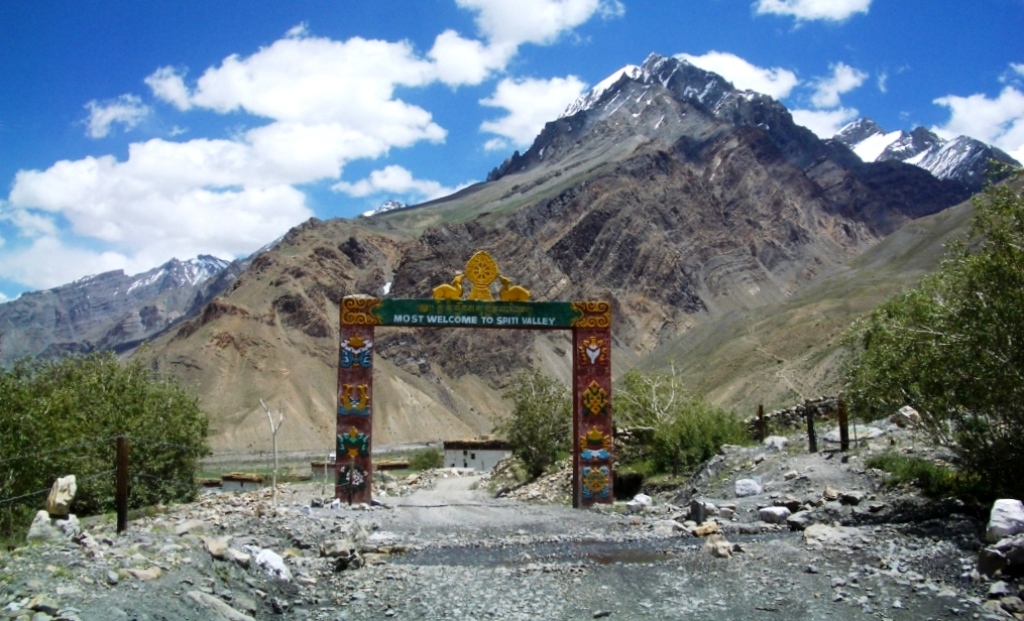
The ever-welcoming Spiti Valley Image Credits: wikipedia.org - Dzukou Valley, Nagaland
Considered to be one of the most beautiful places in Nagaland, the Dzukou Valley is just ideal for easy to moderate trekking. Dzukou means Cold Water which comes from the cold streams of water that flow through the valley. It is known for its flora and fauna and particularly seasonal flowers like Dzukou Lily found only in this area. It sits at 8339 feet above sea level behind the Japfu Peak at the border between Manipur and Nagaland.
Bugyal, when literally translated, means meadow. A Bugyal is high altitude grassland that makes for an excellent grazing ground. These Bugyals remain covered with snow in the winter months but come to life with colors at the advent of summer season. Here are some of the most beautiful Bugyals in the state of Uttarakhand in India –
1. Bedni Bugyal – Situated at the border of Garhwal and Kumaon in the Chamoli district of Uttarakhand, Bedni Bugyal offers the majestic views of the Trishul Parbat. It is situated at an altitude of 11,000 feet. The trek to Bedni starts from Loharjung and is ranked easy on the difficulty level, since one mostly passes through villages to reach this lush meadow. On route to Bedni, Wan is the last village that you cross; it is also the last point where you could get accommodation.
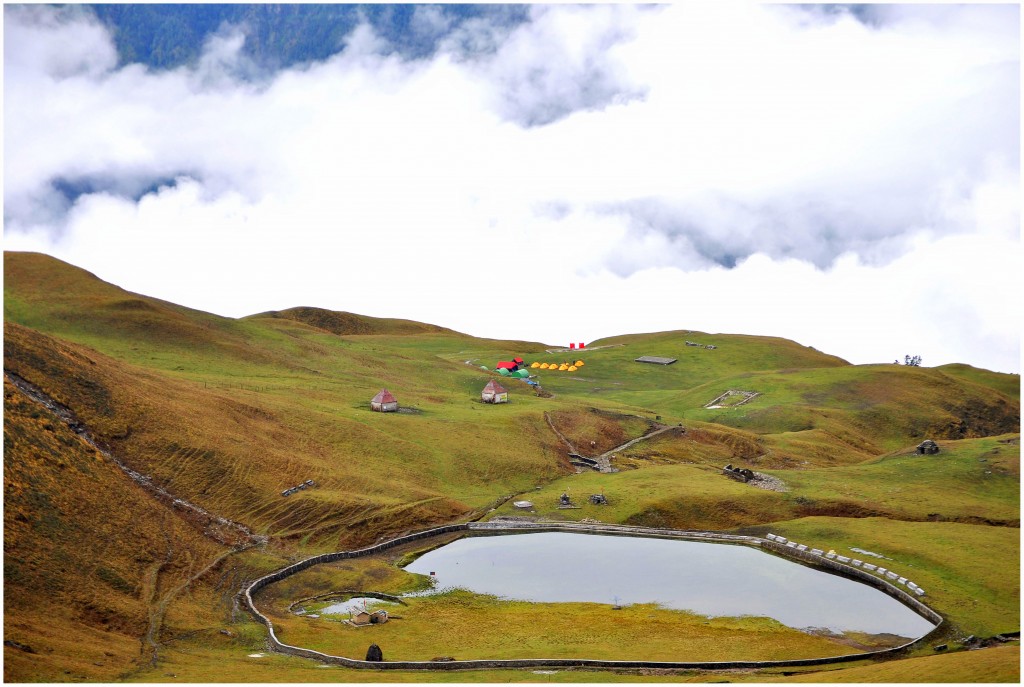
Bedni Bugyal is a part of the Roopkund Trek itinerary too. So to witness the verdancy of this meadow, you could either choose the easy trek to Bedni or go further up to Roopkund which is at a height of 15,600 feet.The route to Bedni Bugyal is through exquisitely beautiful forests of rhododendron and oak. It is a perfect campsite and the Bedni Kund offers the most riveting reflection of the Trishul Peak.
2. Dayara Bugyal – Dayara Bugyal is a full-fledged 7 days trek that again is rated easy. At an altitude of 12,000 feet, Dayara is easily among the top 2 most beautiful high altitude meadows in the Himalayas. It is breathtakingly serene and looks like the most ideal setting for a fairytale. It can be reached from Haridwar via Barsu, and Barnala meadows are where Dayara begins. It is a moderate 5 kms trek from Barnala to Dayara through dense forests.
Click here to book your trek with us.
Nestled between Nepal, Tibet, Bhutan and West Bengal, the landlocked state of Sikkim is the least populated in India. This quaint destination was once an independent Buddhist Kingdom and Buddhist Saint Padmasambhva is said to have passed through this region in the 8th century AD. Sikkim became the 22nd state of Indian Union in 1975.
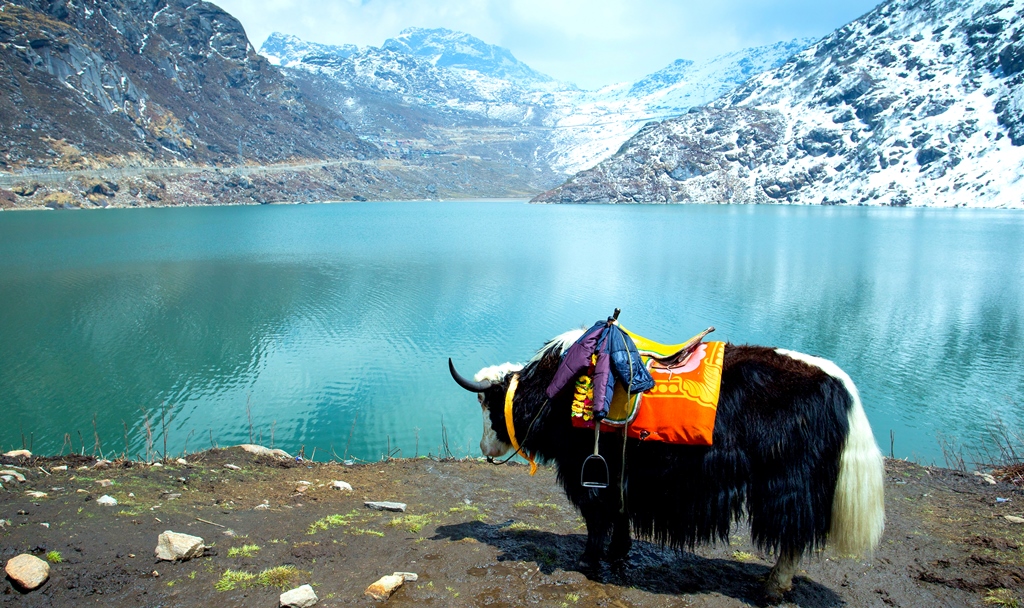
Owing to its location in the Himalayas, Sikkim is one of the most geographically diverse states in the country, with climate ranging from high alpine to subtropical. Its culture, diverse flora and fauna and picturesque locations make it an extremely popular tourist destination.
The Eastern Himalayas situated between Central Nepal in the West to Myanmar in the East pass through Sikkim, making it home to the world’s 3rd highest mountain peak, Kanchenjunga, which is worshipped by the locals as their deity. The presence of this majestic mountain has made Sikkim a favorite among adventure seekers, especially mountaineering, trekking and photography enthusiasts.
Located picturesquely on the banks of River Kaveri, Bheemeshwari is approximately 100 kms from the tech city of Bangalore. It is a perfect weekend getaway for those residing in Bangalore and around. Due to the greenery and the tranquility that it offers, it makes for a great picnic spot for families. But there is more to this place than just picnics.
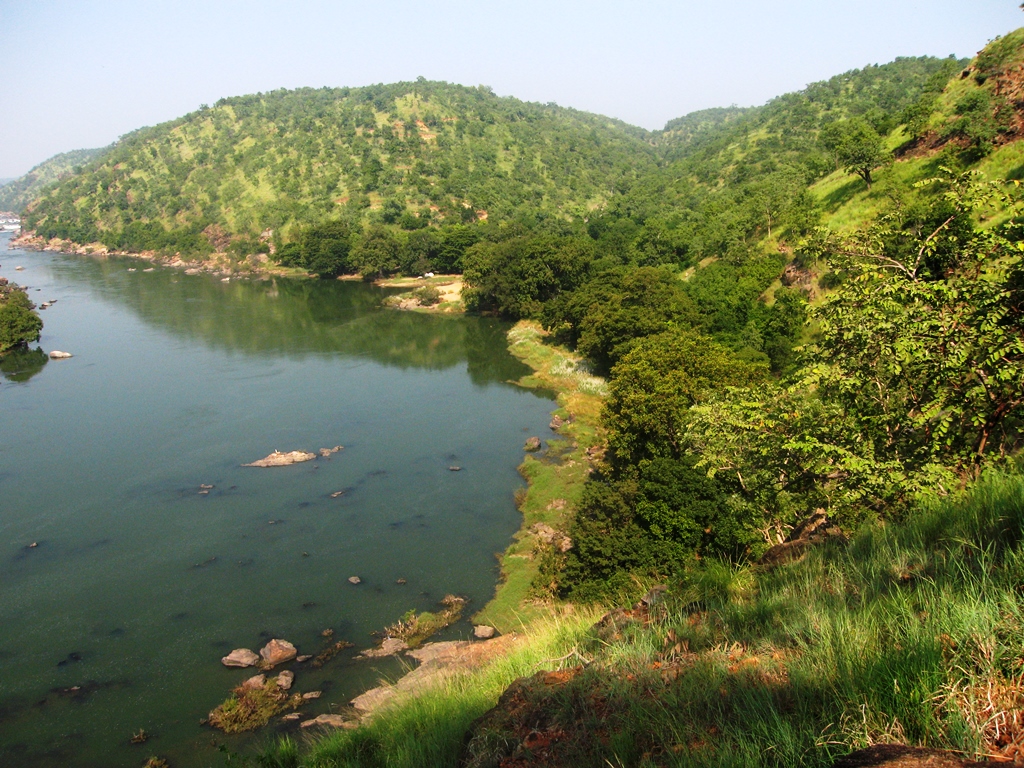
Due to vast verdant spaces, availability of camps and adventure activities like whitewater rafting, trekking, birding, angling, kayaking, camping and coracle ride, it is one of the most visited destinations for corporate off-sites and soft adventures. Click here for an adventure filled trip to Bheemeshwari.
It lies between the Shivasamudra falls and Mekedatu in the Mandya district and is a natural habitat for the Mahseer fish and many other animals. It has many fishing camps that offer accommodation and angling as a leisure and responsible sport where the Mahseer fish are released back into the water.
Bheemeshwari is also extremely popular for its wildlife sanctuary which is located amid natural waterfalls Barachukki, Mekedatu and Gaganachukk. It is an ideal place to go for a wildlife trek and watch wild animals like elephants, deer, wild boars, leopards, otters, crocodiles, monkeys, jackals and birds like ibis, herons, kingfisher and pigmy woodpecker in close quarters.
The gateway to Tons Valley, the quaint and quiet hill station of Mori, noted for its scenic beauty (and its association with Mahabharata folklore), lies on the banks of the River Tons, the biggest tributary of the River Yamuna, and is surrounded by verdant fields of rice and forested hills of pine and deodar (the tallest pine woods in Asia are right here).
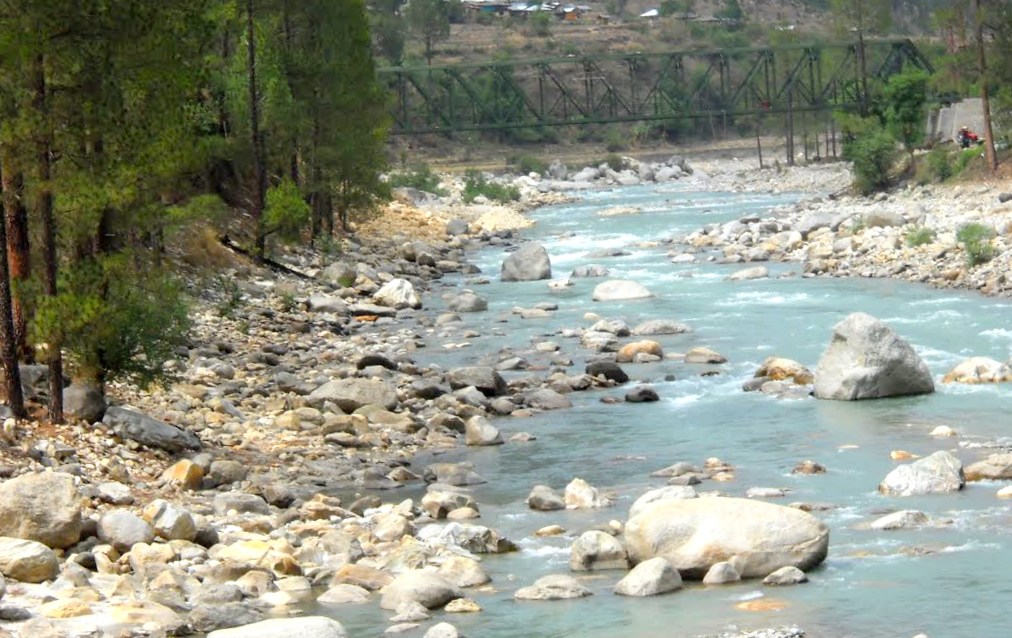
Straddling the states of Uttarakhand and Himachal Pradesh, Mori, and the hamlets around, make for a pleasant cultural retreat and a perfect get-away-from-it-all holiday. Enjoy the serenity, and some fantastic views of the sylvan surrounds.
Of late, Mori has become a very popular destination for those seeking the unique thrills of whitewater rafting. Mori is also ideal for trekking, camping and birding, besides boasting plenty of floras to make nature walks enjoyable.
Nestled amid the Himalayas, Mori lies in the Tons Valley, to the northwest of Garhwal, in Uttarakhand. It is situated at an altitude of 3770ft (1150m). The River Tons has its source towards the peak of Bandarpoonch (20,720ft, 6315m).
While both the Pandavas and Kauravas held sway here, Mori’s residents, uniquely, are adherents of the Kauravas, the famous anti-heroes of the Mahabharata (who follow polygamy). Some also claim to be descendants of the Pandavas. Legend has it that Tons (called the Tamas in ancient times) was formed by the tears of the local folk weeping over the Kauravas’ defeat to the Pandavas in the great epic.
Located in the East Khasi Hills district in the state of Meghalaya, Cherrapunji (officially called Sohra) is often touted as the wettest place on Earth. It holds the world record for the most rainfall in a calendar year (1 August 1960 – 30 July 1861) and month (July 1861). Cherrapunji sits on a plateau rising 600 meters above the surrounding valleys. It receives both northeast and southwest monsoonal winds that give it a single monsoon season and it rains mostly at night. It lies on the downwind side of the Khasi Mountains.
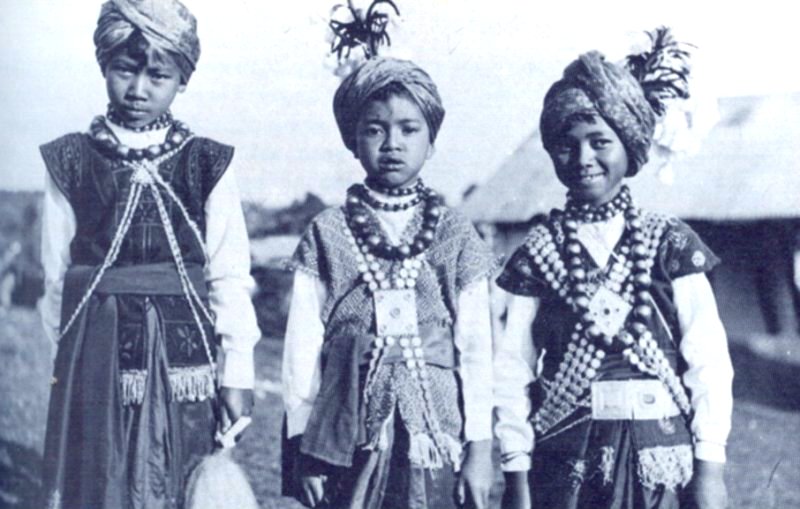
Image Credits: Wikipedia.org
People living in and around Cherrapunji are known as the Khasis. The most interesting and notable characteristic about Khasi people is that they are a matrilineal culture. The husband of the youngest daughter lives with his in-laws and the children take on their mother’s surname.
Cherrapunji is known all over the world not just for the heavy rainfall but also for the very popular living root bridges. The Southern Khasi and Jaintia hills around this town are humid and warm, and on these hills is found a species of Indian rubber tree. This tree has an unbelievably strong root system that has been thriving for many centuries. It also has a secondary root system originating from high up in the trunks. These secondary roots can easily roost atop big boulders or even in the middle of the rivers. A tribe in Meghalaya called the War-Khasis noticed this a long time ago and realized that these strong roots can offer an opportunity and means of easily crossing rivers in many places.
These have come to be known as the Living Root Bridges and one of the most popular one is the Umshiang Double-Decker Root Bridge.
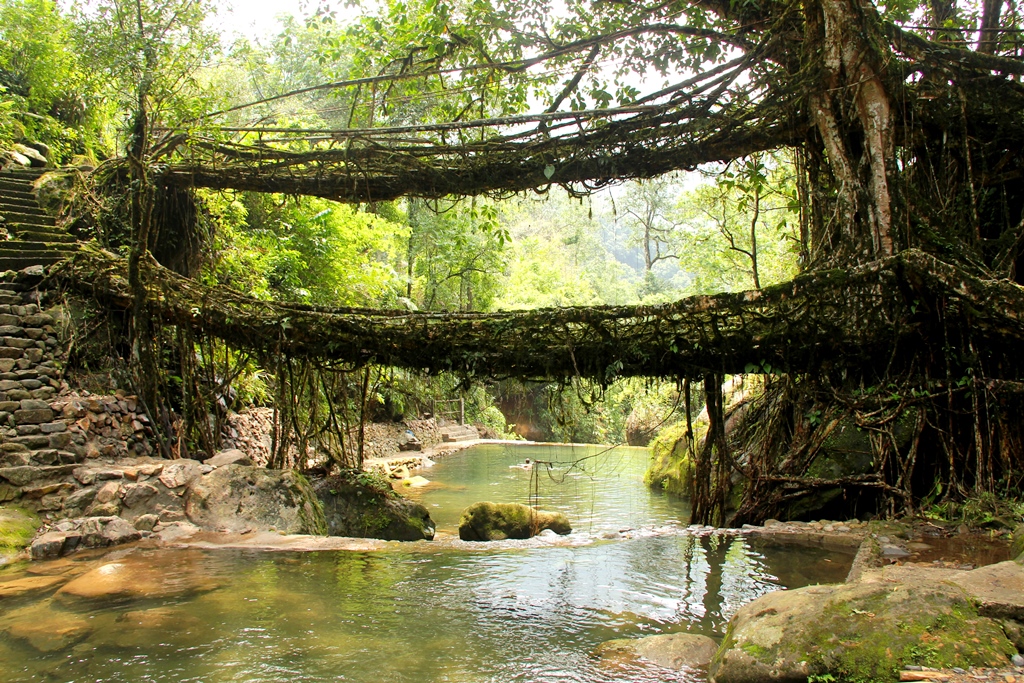
Image Credits: Wikipedia.org
The most difficult in Bhutan and one of the most difficult in the world, Snowman Trek is only for seasoned trekkers. It has been named so for the 6 mountains above 23,000 feet that the trek passes beneath. The first and the foremost requirement is to be fit, physically and mentally. It takes one through Lunana, one of the remotest regions of Bhutan. It starts from Paro valley in Western Bhutan and passes along the Bhutan – Tibet border ending at Sephu Village in Central Bhutan.
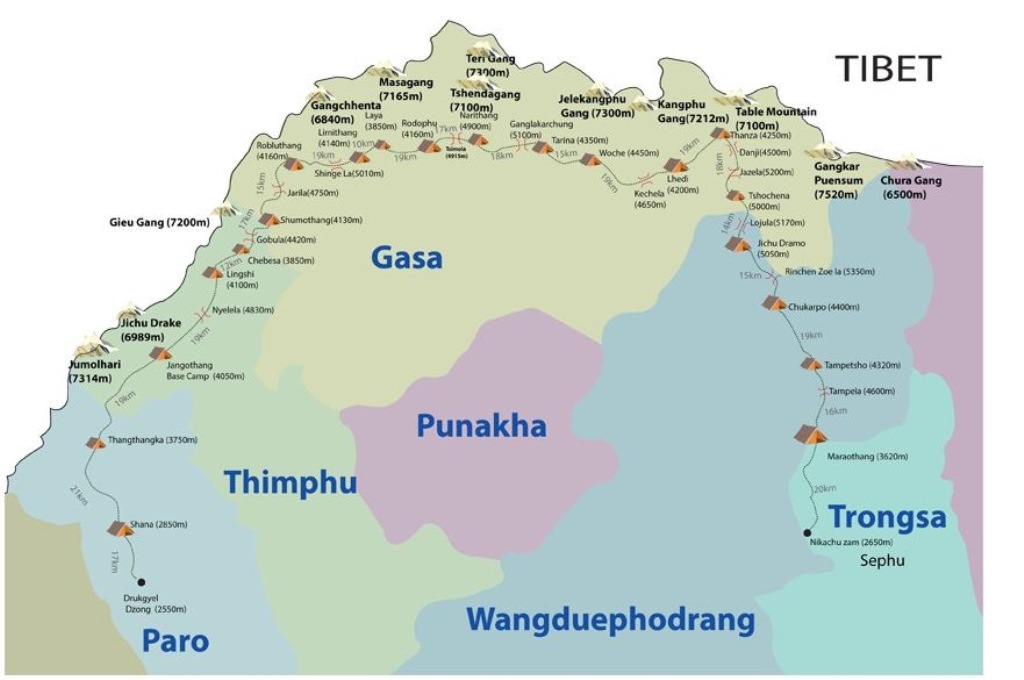
Image Credits: alpineascents.com
Owing to its high altitude, long distance and difficult terrain, this trek is right on top on the difficulty level scale and takes 25-30 days to complete. Roughly 2 days are required for acclimatization. The expedition crosses 11 high passes including Nye La, Gobu La, Jare La and Shinge La. 9 of these passes are over 15,000 feet.
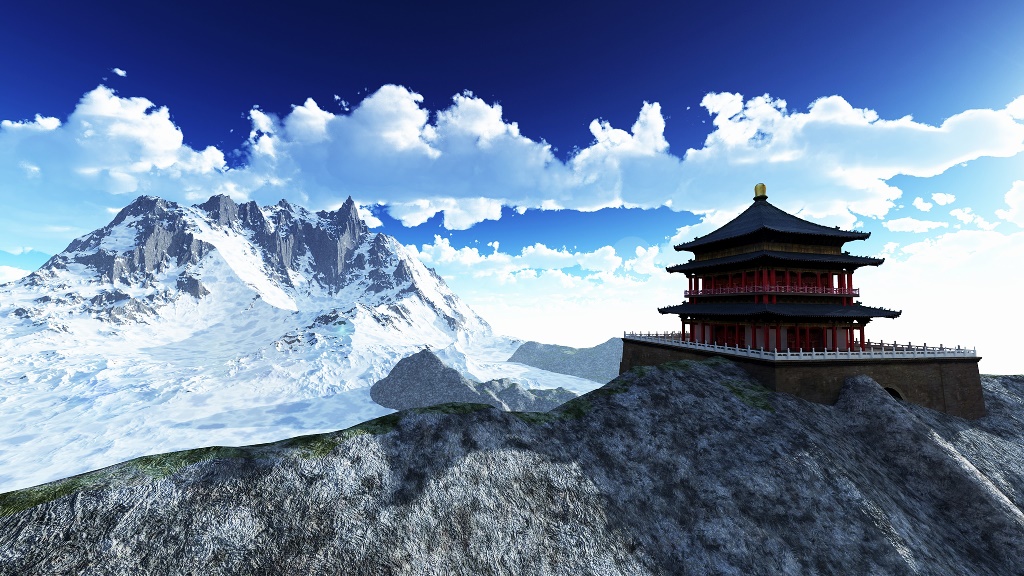
This trek offers panoramic views of many Himalayan peaks including the Chomolhari (also called Jhomolhari) and Table Mountain at 24,135 and 23,294 feet respectively. The highest pass on this trek is Rinchenzoe La at approx. 17,493 feet and the highest camp is Jichhu Dramp at 16,600 feet. An average of 17 kms is covered everyday by walking for approximately 6-8 hours. If you wish to go on this trek then the window is a small one, roughly 3-4 weeks in the month of October.
So you know how when normal fathers feel that they want some bonding time with their daughters they take them for a movie or something? My father takes me to climb a mountain.
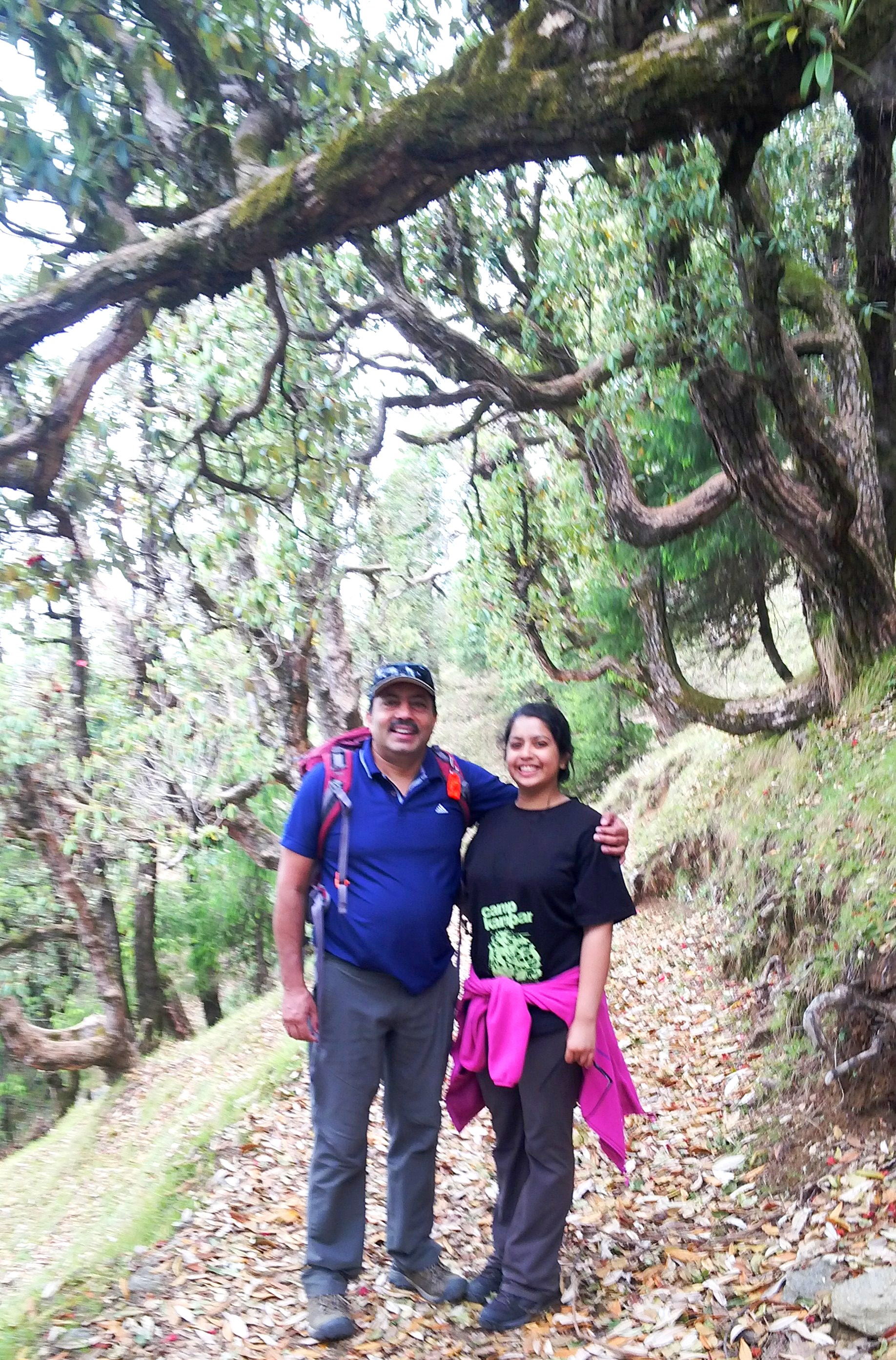
We were going to climb a mountain called Choor peak which is located in Barog, Himachal Pradesh. Its highest peak is located at a height of 12,000 feet. The entire trek took close to 2 days. We started at 7 in the morning on day 1. It was a bit chilly. We walked for 3 hours before reaching the first tea shop and when we reached it started raining. The walk till there was slightly steep at places. The first tea shop was located on flat land, with lots of green meadows. While we waited for the rain to stop, we ate some yummy daal-chawal. Then after about 45 minutes we were ready to go.
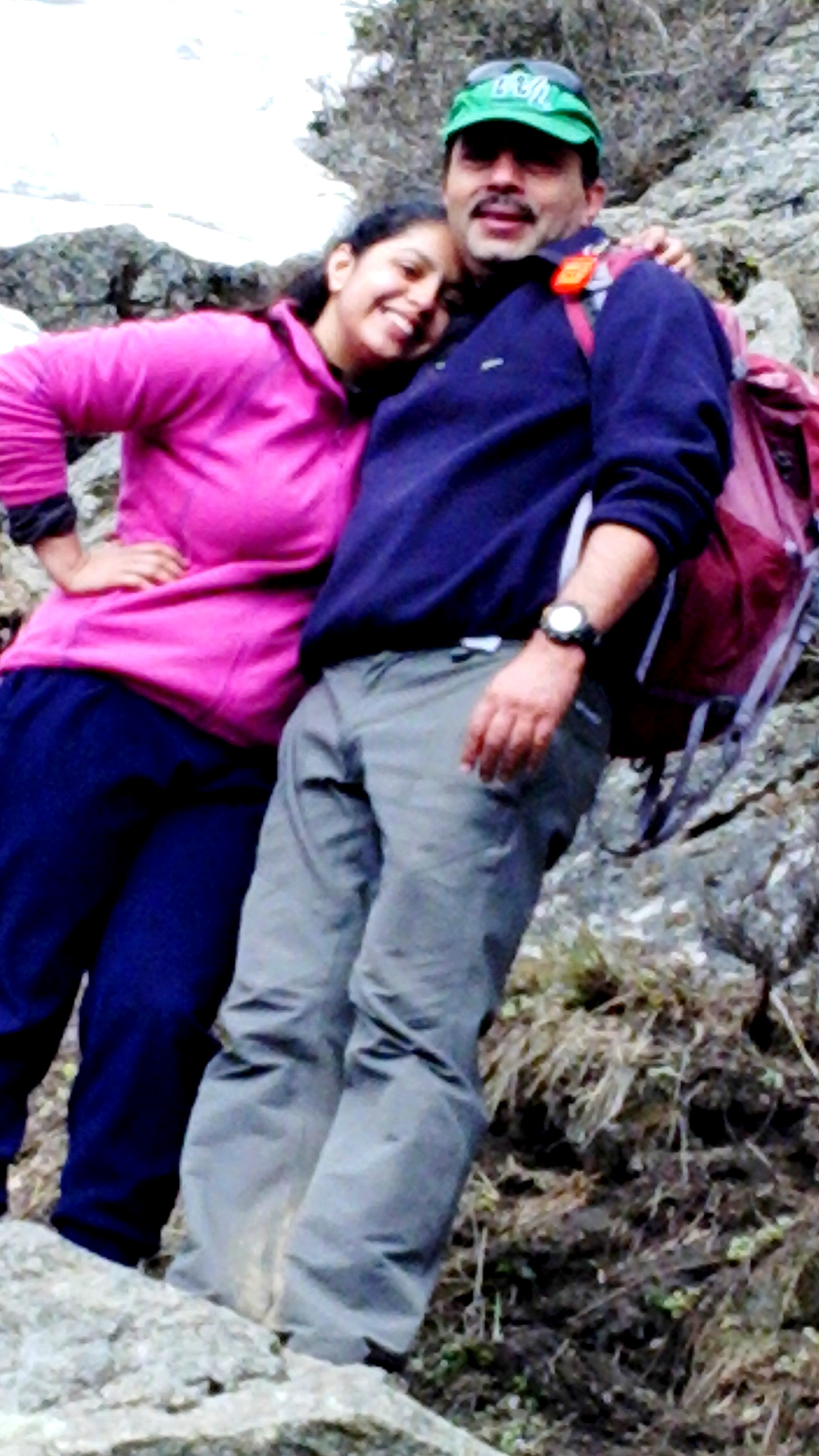
Most adventurers would tell you that hiking is the weak sibling of other hardcore outdoor adventure activities. But those who have really experienced some dangerous treks would tell you that sometimes the most serious adventure in the world simply involves putting one foot in front of the other. Here is Adventure Nation’s pick of some of the most treacherous treks in the world:
1. Hua Shan (Mount Hua), China – Even though all the climbs here are treacherous (with nearly vertical stairways) the plank trail to the South Mountain is called the most dangerous hike in the world. It has wooden platforms secured onto the mountainside. Even getting to the trail is tough and consists of a climb up a vertical rebar staircase. At one point, the planks altogether vanish and hikers have to use small cavities carved into the rock.
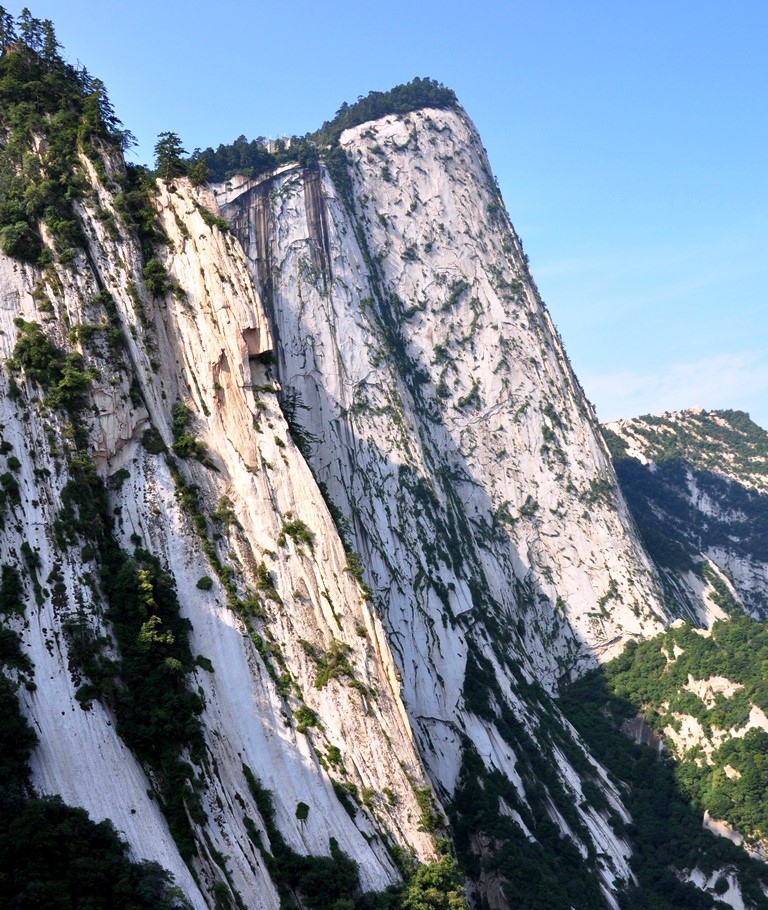
2. Kalalau Trail, Kauai, Hawaii – At its best, the Kalalau Trail along the Na Pali Coast in Hawaii is an remote jungle with steep volcanic slopes and a pristine undeveloped beach at the end. But the 22-mile round-trip hike can turn treacherous quickly. The path’s three major stream crossings can flood during monsoon, and falling rocks, especially around waterfalls, are always a concern. More than 100 people have lost their lives while swimming on the trail’s isolated beaches, and the transient community living on the shore can be hostile.
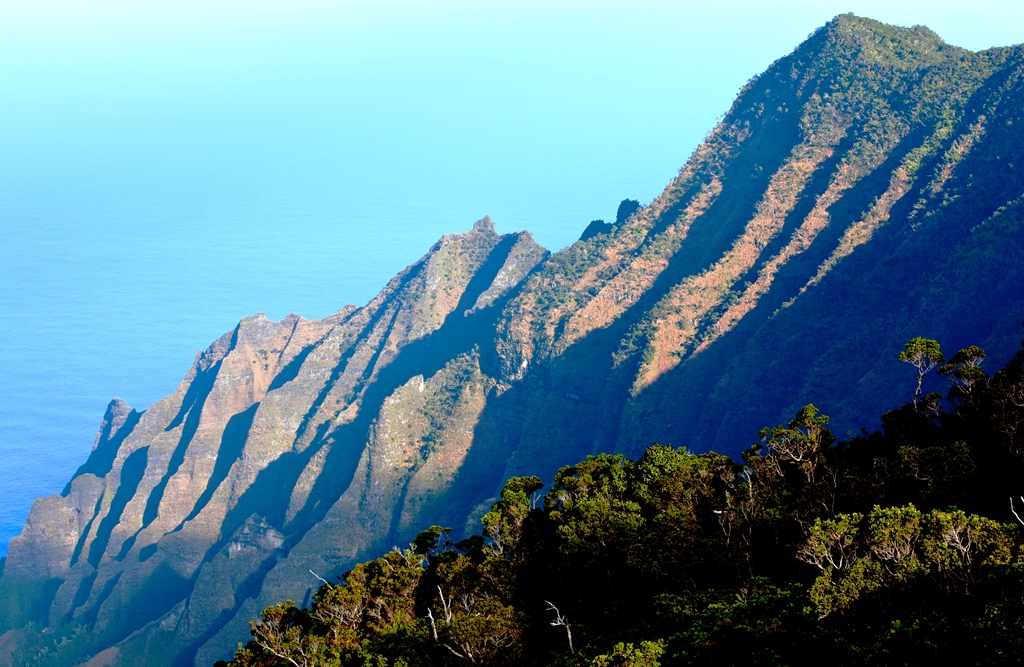
- 3. The Maze, Utah – About 2,000 people visit the most remote section of Canyonlands National Park per year, and not because it is not worth visiting. Known as the Maze, this red rock labyrinth is difficult to reach and almost impossible to navigate. To make it even more difficult it is full of dead-ends and always presents the danger of rock-falls or deadly flash floods.
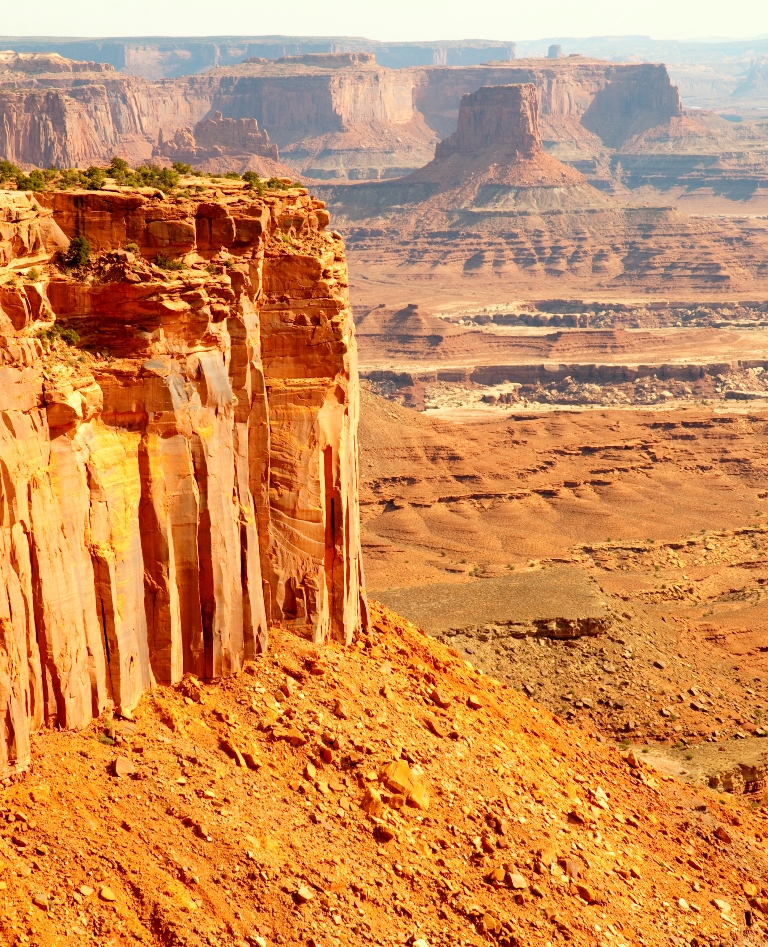
The Maze
Uttarakhand literally translates to the abode of the Gods. It is considered a paradise for trekkers, adventure buffs and nature lovers. Whether one is an experienced trekker or a first timer, there is a trek for everyone.
For all those who love the beauty and tranquility of the mountains and crave to reach new heights of adventure, here is Adventure Nation’s pick of the best Himalayan treks in Uttarakhand:
Valley of Flowers and Hemkund Sahib Trek – Duration – 06 days
The base camp for this trek is at the small village of Ghangariya which is located by the river Lakshman Ganga. The Valley of Flowers is approximately 5 kms from this village. There is also the famous Govind Ghat that got its name from the time Sikh Guru Guru Gobind Singh meditated here. A steep trek from Ghangariya leads one to the heavenly Hemkund Lake that stays frozen for almost 8 months in a year. Hemkund Sahib Gurudwara and Lakshman Temple are built on the banks of this lake. This trek is particularly popular for the variety of flowers one gets to witness in the valley.
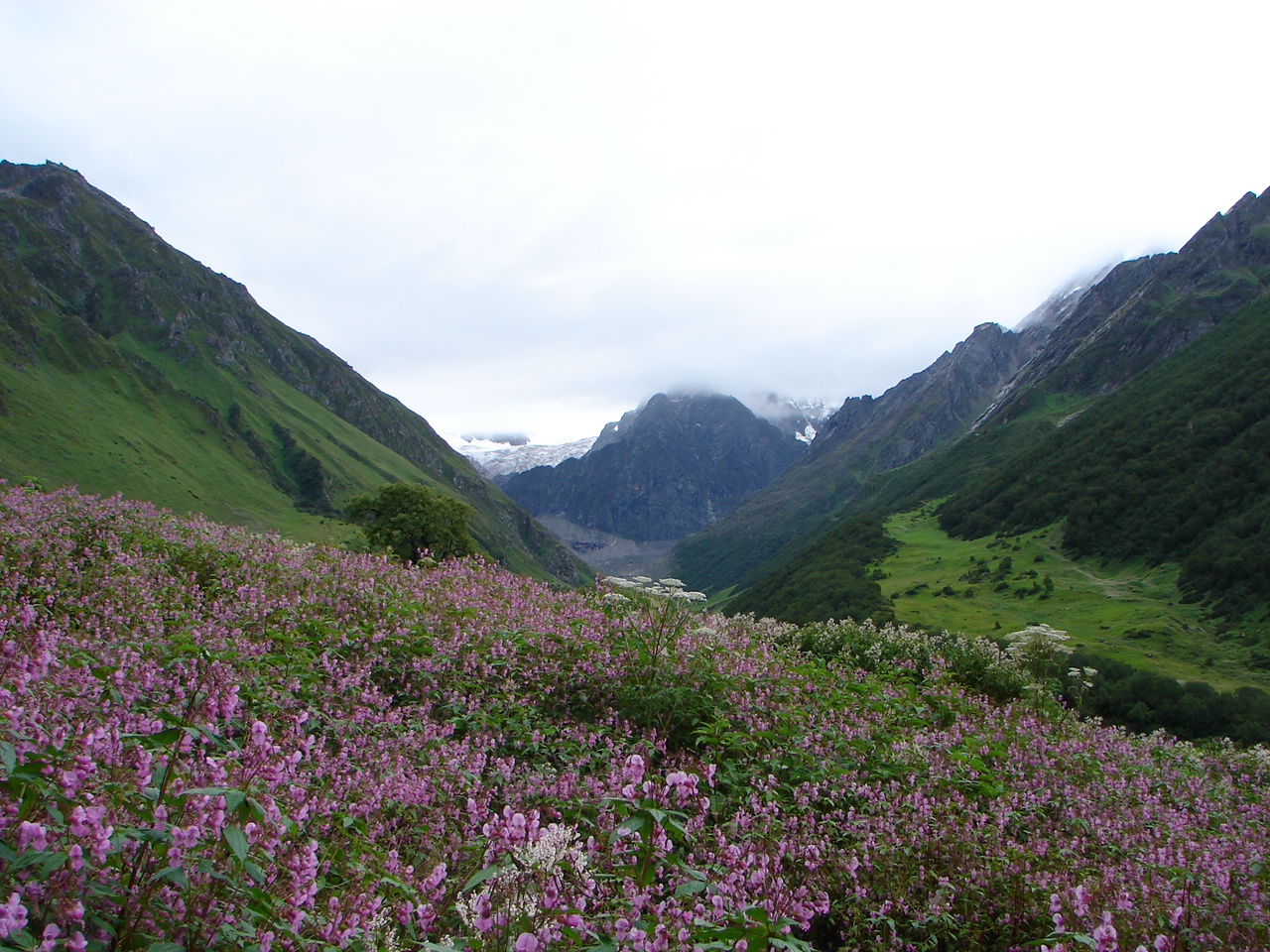
Valley of Flowers
Image Credits: bharatrawat641.blogspot.in
Har Ki Doon Trek – Duration – 08 days
Considered a haven for bird watchers and nature lovers, Har Ki Doon trek gives one a great opportunity to explore the remotest parts of the Garhwal Himalayas. The base camp for this trek is Sankri which is about 37 kms from the highest camp on this trek. Har Ki Doon literally means the Valley of Lord Krishna and is surrounded by dense forests of pine, deodar and conifer. It is believed that the Pandavas camped here on their final journey.
Situated in the Western Himalayas, Kedarnath Sanctuary is located in the Chamoli and Rudraprayag districts of Uttarakhand. A part of the Himalayan Highlands, it has an elevation ranging from 3,810 ft to the Chaukhamba peak at 23,189 ft. It gets its name from the famous Kedarnath Temple that was built in the 8th century AD. It is just outside the northern border of the sanctuary.
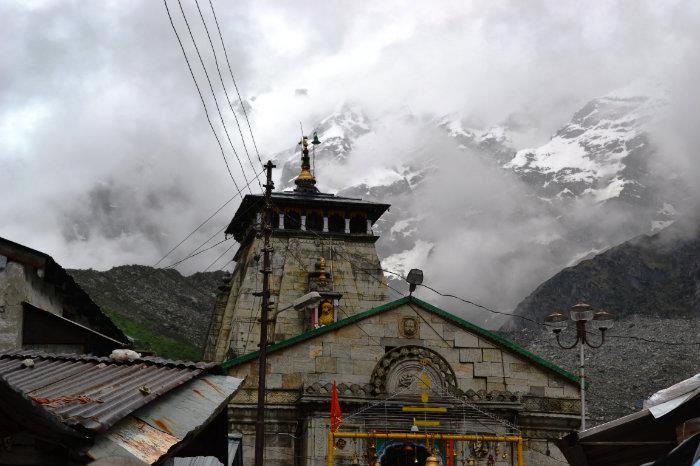
Image Credits: photos.wikimapia.org
Covering an area as 975 sq km, it is the largest protected area in the Western Himalayas. It was formally established in 1972, primarily to protect the Himalayan musk deer and because of that it is also called the Kedarnath Musk Deer Sanctuary. It has been designated a “Habitat/Species Management Area” by the IUCN.
It is popular for its great biodiversity, picturesque snow-covered mountains, lakes, glaciers, valleys and the glistening Mandakini and Alaknanda Rivers. It’s often called one of the most beautiful sanctuaries in India. The density of the flora changes with the elevation – from sub-alpine forests to alpine shrubs, Himalayan flowers to permanent snow lines with little or no vegetation.
Lewis Clarke, a fearless 16-year-old from Bristol, England, made history by becoming the youngest ever person to trek from the Antarctica coast to the South Pole. Read more here.
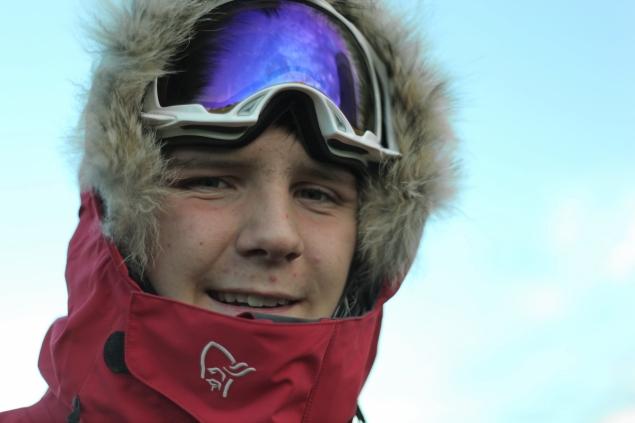
ImageCredits: nydailynews.com
The teen adventurer set out on December 2, 2013 – only a couple of weeks after celebrating his 16th birthday – and reached the South Pole on January 18, 2014. Clarke took the Hercules Inlet route, a distance of some 1100 km (about 700 miles), skiing for eight hours and covering roughly 29km (18 miles) every day. Clarke, who had to tow a sled of supplies over the duration of the trek, was accompanied by polar explorer Carl Alvey.
There were challenges aplenty: Clarke had to combat temperatures as low as -50C and wind speeds of up to 120mph, as well as a broken ski and blisters – but if this hardy young man was flustered over the 48-day hike, he didn’t admit it. “I knew it would be hard, but it’s harder than I ever thought it would be.
“I think sometimes about how few people have done this. Only 300 in 100 years. And I’m doing it. That’s pretty cool.” Clarke reached the Amundsen-Scott South Pole Station on the evening of January 18 (a Saturday), beating the mark of Canada’s Sarah Landry (who was 18), set a decade ago, in 2004.
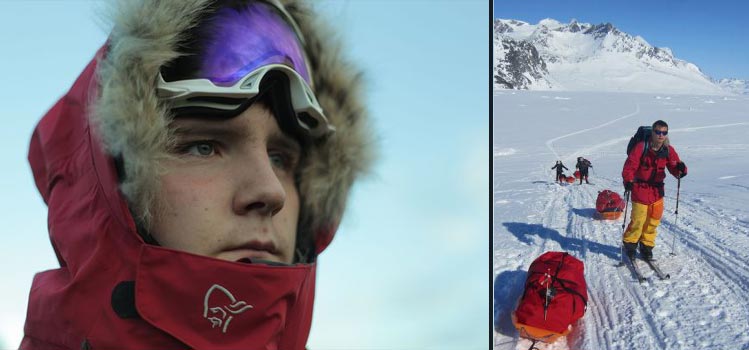
Image Credits: factincept.com
“So far as I am able to judge, nothing has been left undone, either by man or nature, to make India the most extraordinary country that the sun visits on his rounds. Nothing seems to have been forgotten, nothing overlooked.” – Mark Twain
Often called the heart of India, Madhya Pradesh is the second largest state in the country. Rich in history and tradition, the origins of this state can be traced to as far back as the Middle Pleistocene era, around 500,000 years ago. In addition, it has been home to two of India’s greatest dynasties – the Maurya Empire and the Gupta Empire.
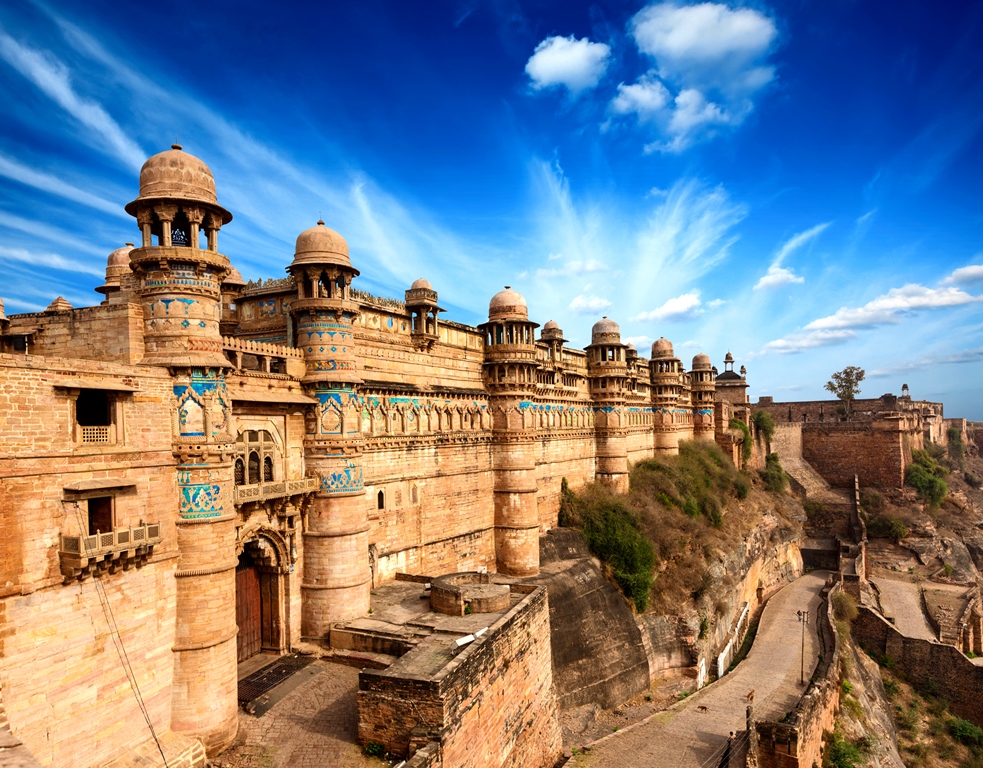
Madhya Pradesh has a lot to offer to every type of tourist. From art and history lovers to adventure seekers, it has something for everyone. MP has three destinations that have been declared World Heritage Sites by UNESCO – the Khajuraho Group of Monuments, the Buddhist Monuments at Sanchi and the Rock Shelters of Bhimbetka.
There are thousands of films released every year around the world. But very few of these are based on adventure or real-life adventure stories. And even out of those that are made, there are only a handful that actually do justice to the spirit of the theme!
This New Year, Adventure Nation recommends to you four of the finest films made on some of the most significant moments in mountaineering history.
- Touching the Void (2003):
This adventure-filled documentary is based on Joe Simpson’s book of the same name. It features Simpson’s and Simon Yates’ calamitous attempt to climb Siula Grande (6,344m, 20,814ft) in the Peruvian Andes in 1985.
This film is high on emotion and has been widely praised for its cinematography. It combines documentary footage of the interviews of the climbers along with a re-enactment of the attempt. It is highly rated on rotten tomatoes.
Touching the Void – Movie Poster!
Image Credits: summitpost.orgRead more about Joe Simpson here.
- Everest: Beyond the Limit (2006):
This reality television series by Discovery Channel is about the attempts made on the summit of Mount Everest every year. Russell Brice, a mountaineer from New Zealand, is the leader.
In this season, there are 11 climbers, three guides and a group of Sherpas followed by a production crew of 17 people, during their climb in the months of April and May of 2006. We highly recommend this film to all adventure lovers for the actual footage in extreme conditions.
If you’ve got itchy feet and are raring to go in the New Year, head to the picturesque hill city of Lavasa (near Pune, Maharashtra), set amid the verdant expanses of the Sahyadri range, and test yourself to the fullest in the Lavasa Hill Run. There will be no more invigorating way to get 2014 under way!
